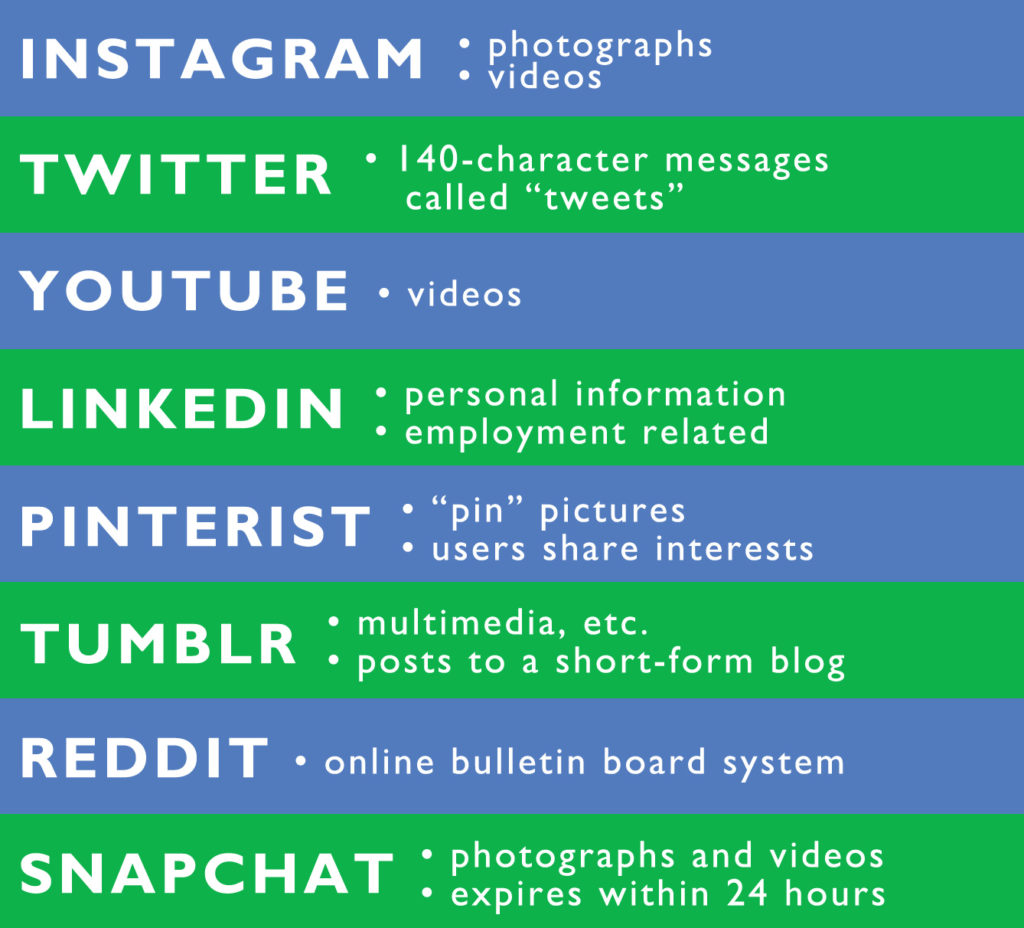Social Media: Changing the Face of Investigations

Social media evidence can offer candid and typically unfiltered information about individuals, including clients, witnesses, and even potential jurors. For example, a typical Facebook profile may include information about the user’s hometown, education, employment, social calendar, family, and friends, not to mention photographs, videos, and comments from the user and the user’s friends.
From a legal perspective, social media profiles can contain a treasure trove of evidence that may be relevant in a lawsuit.
The prevalence of social media use among individuals of all ages is staggering. As of 2016, Facebook boasts more than 1.65 billion monthly active users, more than half of which engage in daily use. No longer is the use of social media limited to 13-20 year olds. Rather, the age range with the highest percentage of Facebook users is 25 to 34.
Proliferation of Social Media
A simple Google search can reveal additional social media profiles or accounts beyond Facebook. Some of the more popular sites include:

Use of Social Media in Investigations
Perhaps not surprisingly, many social media users do not realize or care that their profiles are publicly viewable. Some users may be unaware of how the information can be used against them in investigations.
If an informal investigation reveals something useful and relevant in an individual’s social media profile or account, it is good practice to preserve any publicly viewable information by printing it, taking a screen shot, or downloading it, because users can easily change or even delete their information. While anyone can conduct an informal investigation of publicly viewable social media evidence, it may be a good idea to involve an attorney early in the process.
An attorney can assist with anticipating objections regarding the admissibility of evidence so that it is obtained and preserved in a way that will be admissible in court. The most common evidentiary objection regarding the admissibility of social media evidence is lack of foundation. In other words, how was this evidence found, and is it what it purports to be? Keeping this in mind when searching for social media evidence can be invaluable when it comes time to address a foundation objection.
Even if inadmissible in court, social media evidence can still be used informally, such as in settlement negotiations. However, when attorneys become involved in conducting informal investigations, they and those acting at the behest of attorneys should proceed with caution to avoid any ethical violations, such as using someone else’s user profile to access a party’s otherwise private social media profile, or even unintended ethical violations such as communicating with a represented party. Thus far, courts have not found any ethical violations where attorneys access, or advise others to access, users’ social media profiles or accounts that are publicly available, as long as they are not deceitful in doing so.
Assisting with the Discovery Process
Initial informal investigations may also show glimpses of what is out there, suggesting that more can be obtained through the formal discovery process. Since the threshold question governing the formal discoverability of all evidence, including social media evidence, is whether the information or document being sought is relevant to a fact or issue in the pending case, conducting an initial informal investigation could provide ammunition if a question about the relevance of the evidence arises. For the most part, if the social media evidence in question is relevant, it is discoverable.
The most common objection to the discoverability of relevant social media evidence is the user’s right to privacy. However, once relevance is established, courts are usually not persuaded to keep out discovery on privacy grounds.
Courts around the country have compelled production of social media users’ blogs, tweets, and posts, even when they are protected from public viewing by privacy settings, finding that users have no reasonable expectation of privacy in posts that are relevant to any fact the user has put at issue in the case.
Even deleted content can be subject to discovery if the content is relevant. In fact, the consequences of knowingly deleting content once it is reasonably foreseeable that it could be relevant may be harsh and potentially include monetary sanctions, evidence preclusion, or the giving of an adverse-inference instruction to the jury.
The Influence of Social Media
As the use of social media grows, and more outlets for sharing personal information emerge, the role of social media evidence will also grow. Whether social media evidence belies a party’s claims, indicates the scope of a witness’s knowledge, or reveals a potential juror’s bias, there is no question that social media evidence has the potential to hugely influence a case.
The takeaway is this: be aware of what you (and those involved in a lawsuit) post on social media sites, particularly if there is a chance it can influence a pending case.
